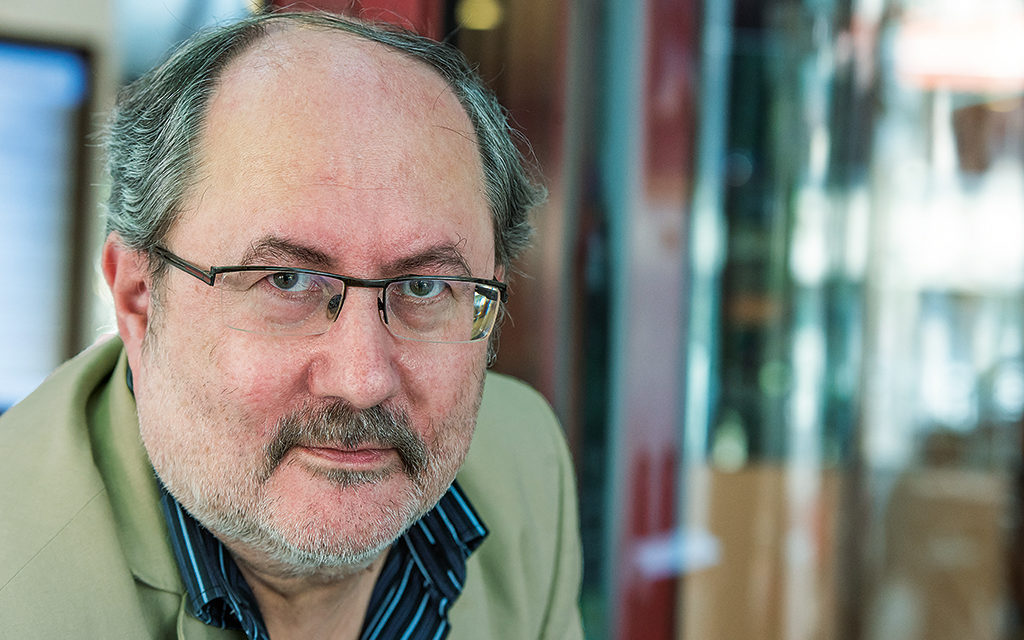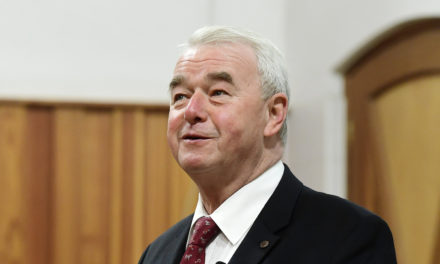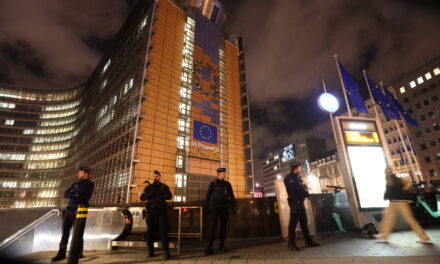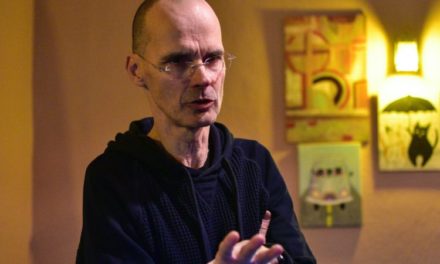Basic question of the XXI. century: how can the global elite be mapped, outlined and contoured with journalistic and scientific tools, beyond baseless conspiracy theories, assumptions and unverifiable claims?
Today's global elite is characterized by a networked way of working. Some of them work visibly, assume their existence or are located in the gray zone of visibility and invisibility. However, a significant part of them is an invisible network, and detecting them is the biggest challenge, because they very consciously hide their existence. They are aware that they can only achieve their goals within the official institutions if their operations are not visible, because if they were, they would encounter enormous social resistance - and this is the least they want, they will only announce the "end result" (the achievement of their globalist goals) in front of the public.
The sovereignist forces must prevent the latter, the "end result", but for this the existence and operation of networks that want to create a global, world governance, a federal Europe, a society of mixed races and religions must be revealed here and now.
The basic question: how?
In the first approach, I have two methodological proposals for mapping invisible networks. I would call one of them the dark matter method: the essence of this is that when political events take turns that cannot be predicted in advance, the presence of the missing factor must be hypothesized on a logical basis. If casualness, the search for cause-and-effect relationships, is an existing form of analysis, then the logically missing link must be replaced, even conditionally.
But this alone is not a sufficient condition for the discovery of invisible networks. What really brings me closer to this is nothing more than the phenomenon of discharge (or popping): a moment, event, statement, happening, etc., which, carelessly or consciously, is a clear indication of the existence of an informal organization, in some cases without any antecedents. unexpectedly. These are moments that, at first glance, the public does not know what to do, but a thorough analysis can discover the underlying forces. Such a moment was, for example, the assassination of JF Kennedy in Dallas in November 1963: Kennedy intended to act against an underlying, hidden background power, which he informed the audience and the world about in a famous speech before his assassination.
The other example is related to Alfred Herrhausen, who was the president and CEO of Deutsche Bank until November 1989, and also the chief economic adviser to Chancellor Helmuth Kohl. At the dawn of the regime changes in Eastern and Central Europe, Herrhausen set a goal for the international financial community to help primarily Poland and Hungary out of the economic crisis through debt relief or restructuring and other forms of support. He stated these goals in front of the international public, but his ideas did not meet the goals of the global financial elite, in fact. Herrhausen was blown up in his car with a timed bomb in November 1989.
The following example comes from 2004: Republican GW Bush and Democrat John Kerry fought for the presidency in the United States, and during the campaign they naturally gave several interviews. Both of them were asked separately if they were really members of the secret society called Skull and Bones, which includes prominent politicians and banking dynasties, i.e. it is considered a top elite club. To this question, both of them answered yes, but they cannot talk about it anymore, because the rules of the company forbid it. It was then that the general public learned that there is a secret society - a network - within which the Republican-Democrat opposition ceases, and a kind of common global value system - and, of course, interest - holds the elite together. Of course, this "discharge" quickly brought public opinion to the agenda, but it was still a revealing moment.
It was also a special moment last year when the Italian newspaper Il Giornale wrote that Chancellor Angela Merkel, in a telephone conversation, persuaded the leader of the Five Star Movement, which governs together with the League, to switch over to the side of the left-wing Democratic Party and continue governing together with them. . This discharge showed the existence of a globalist network within the EU's institutional system, whose informal ability to exert pressure is capable of overthrowing governments in order to achieve its goals.
My next two examples already affect our country more closely. It recently happened that an informal conversation within the party of Anna Donáth, Momentum's EP representative, was made public, from which it was revealed that she and her party are in constant contact with the European Union commissioners and representatives who are close to them, and that the entire system of relations is specifically an international, it shows the characteristics of a globalist and liberal value network.
And at the end, I left a discharge proving the existence of a globalist, world-wide network, which was presented by none other than György Soros, one of the most important power centers and hubs of this network. The precedent is the decision of the Court of Justice of the European Union after a complaint by the European Commission that the 2017 law regulating Hungarian higher education, which according to the liberal mainstream adversely affected the CEU founded by Soros, is illegal and conflicts with EU rights. At that time, the banker, who was obviously excited by the success, in an article published on the portal he runs called Project Syndicate, literally "called on" the EU to punish Hungary and the Hungarian government, which, based on Soros' previous statements and writings, would simultaneously mean the withdrawal of rights from our country, and harsh financial sanctions, withdrawal of part of the subsidies.
This was later followed by further writings, in the same demanding or even more commanding tone, and even in his most recent writing, Soros even went so far as to rebuke Merkel and the EU's main decision-making body, the European Council, for the compromise made with the Hungarians and Poles, and demanded more power in the committee. At that time, it became clear that György Soros' network had penetrated the decision-making organizations of the union, both in the committee and in the parliament, to such a level that he could afford this unacceptable tone.
The 2020 research led by Attila Kovács and Orsolya Kurucz of the Center for Fundamental Rights provides a kind of answer to this, in which they investigated which NGOs lobbied the European Commission in Brussels most actively along certain topics. (The research can be found on the Alapjogokért.hu website.) It turned out that NGOs associated with the idea of an open society, i.e., the network of György Soros, met with the functionaries of the committee most of the time, and neither meetings had a strong influence on the committee's subsequent statements and decision-making. The most important thing is that the lobbyists of the Soros network exerted pressure on the decision-makers not in public, but in background negotiations, which is precisely the most characteristic feature of hidden networks: influencing through informal, interpersonal relationships.
We are therefore in a period of epochal change, in today's age it can be decided whether the globalist networks will eventually take over the traditional nation-state institutions and organizations.
But the point is that this is not a one-sided process: the sovereignist, national, conservative camp is not a spectator or sufferer of this process, which is now taking place before our eyes, but an active shaper. Conservatism, if it only comments, observes, and ultimately "suffers," is defeated. This mentality must be overcome in order to be able to oppose the seemingly irresistible efforts of globalism to gain world power. Because in reality there is no irresistible force, there are only forces that no one can resist. This is why the conservative and Christian camp is facing a big challenge.
The author is a political scientist, research consultant of the Center for Fundamental Rights, curator of the CÖF
Source: MN
Cover photo: Tamás Fricz - Photo: Sándor Somfai / Demokrata












